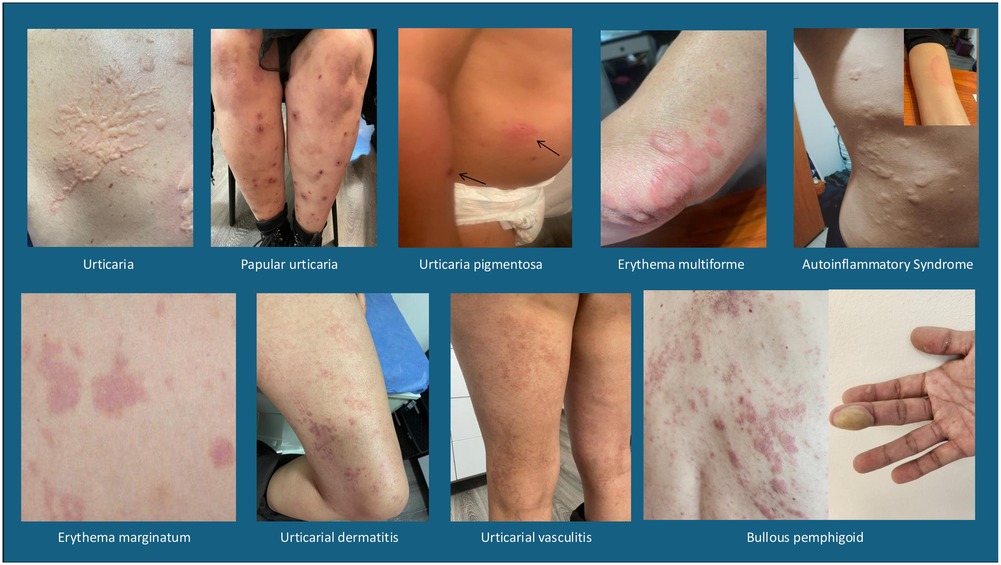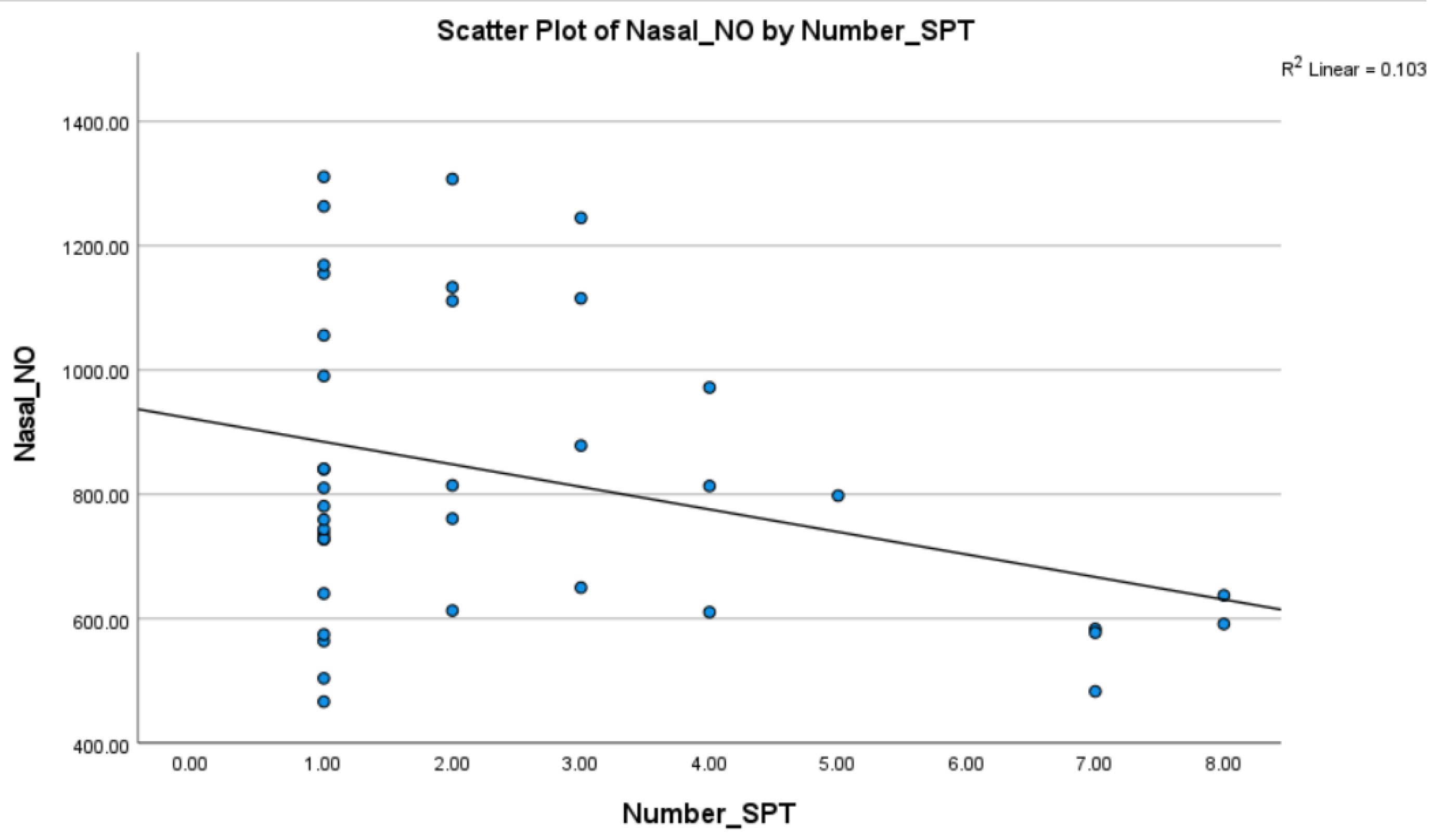Pomirchy M, Bommer C, Pradella F, Michalik F, Peters R, Geldsetzer P. JAMA. 2025 Apr 23:e255013. doi: 10.1001/jama.2025.5013.
Key Points
Question What is the effect of herpes zoster vaccination on the probability of receiving a new diagnosis of dementia?
Findings In this quasi-experimental study using electronic health record data from Australia, being eligible for herpes zoster vaccination based solely on date of birth significantly decreased the probability of receiving a new dementia diagnosis during 7.4 years by 1.8 percentage points.
Meaning By taking advantage of a quasi-experiment, this study provides evidence for a beneficial effect of herpes zoster vaccination for preventing or delaying dementia that is more likely to be causal than the associations reported in the existing correlational evidence.
Importance Recent evidence from a quasi-experiment in Wales showed that herpes zoster (HZ) vaccination appears to prevent or delay dementia.











